Congo
The 10th place in the qualifying stage of the Biotope Aquarium Design Contest 2014
![]() Poland. Jakub Kijak
Poland. Jakub Kijak
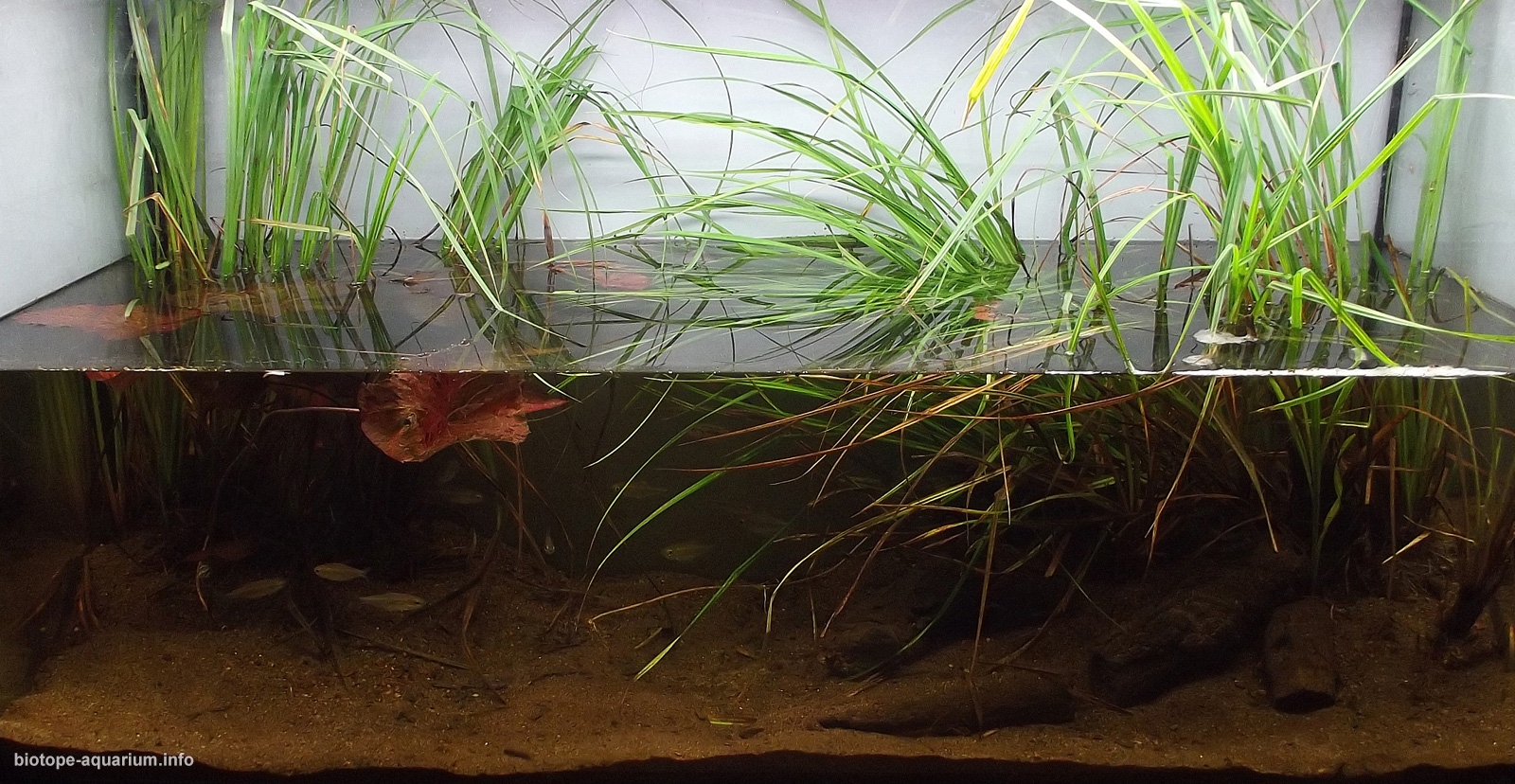
Volume: 200 L
List of fishes: Phenacogrammus interruptus, Pseudocrenilabrus nicholsi
List of plants: Aquatic grass, Nymphaea lotus
Biotope description: The upper course of the Congo River, called the Lualaba, is a large, slow-flowing river. Large numbers of tributaries support a rich aquatic fauna. Over 150 fish species and 6 endemics are known from this region. Dominant families include Alestiidae, Cyprinidae, and Cichlidae. Lindi River is one of the smaller tributaries of Lualaba. The aquarium represents a calm bay just next to mouth of a Lindi River of Congo, near city of Kisangani in eastern Democratic Republic of the Congo. Both species (P. interruptus and P. nichlosi) can be found among others exactly there. River current isn’t as fast as upstream, so small group of Phenacogrammus interruptus can rest here. Big leaves of Nymphaea lotus make shadow zones. Female of Pseudocrenilabrus nicholsi is holding the brood. She can hide in mass of aquatic grass and make her fry safe. To imitate river dust I used dark river dust, so the bottom of the aquarium is mostly dark. My aquarium is high, so I decided not to fill it completely. It contains only about 100 liter of water. That gives better ratios of front glass.
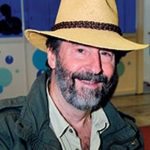
I really do not know why this became the 3rd. It is my 15th place! Simply because too many things are not at all biotope-correct: a) I discovered Ps. nicholsi and therefore know very well no P. interruptus do live anywhere near (only below the rapids at Kisangani), and not in the Lualaba, nor Lindi; b) correct location should be in the topic (Lindi); c) sand is wrong, is white.

Superbly lifelike in its looks this biotope helps the viewer to realize that most aquatic vegetation in nature breaks the surface, providing a very natural, but unconventional aquarium scene.

This tank is a great example for a nice balanced decoration that represents the real biotope nearly exactly. The used grass generates the natural look of the edge found in the habitat. The color and structure of the ground is also a great copy of the natural environment. That’s how Pseudocrenilabrus should be maintained.
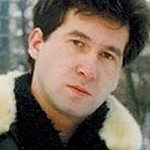
It’s hard to recreate the biotope of lakes Malawi and Tanganyika (their rocky areas), but the author of this entry manage to do it. In the composition stones of different sizes are used, that is correct. They are naturally positioned. There is, however, an omission: it is almost a complete lack of description of the biotope. In Tanganyika, as in any other lake, there are several biotope areas: rocky, sandy, transitional, marginal with muddy bottom and thickets of papyrus and others.
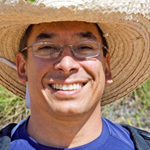
If you want to know what you will see most of the time when you snorkel underwater in the wild, look at this aquarium! It is quite impressive to see it.
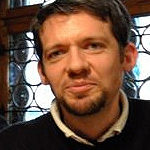
While not the most attractive African biotope presented, the authenticity of this Lindi River biotope wins me over. It is truly a cross-section of the marginal zone with the half-emersed grasses and Nymphaea, a microhabitat that is rarely attempted in aquaria. The dark, fine substrate and smooth, round-edged stones set into the the shoreline around the grass adds to the illusion that a box has been put around a genuine piece of the river shore. The effect is subtle but decisive: this does not look like an aquarium, it looks like the real thing. Its simplicity is the key here, there is nothing contrived or strained about this attempt. Furthermore, all fish seem at home and look very natural swimming among the grass blades. My only criticism would be that it would be nice to see bait more clearly beneath the surface (since it is very dark), maybe with a couple of well-placed rays of sunlight produced by LED lights. Also, a larger aquarium with an open area for the Phenacogrammus interrupts would be better suited to them.
